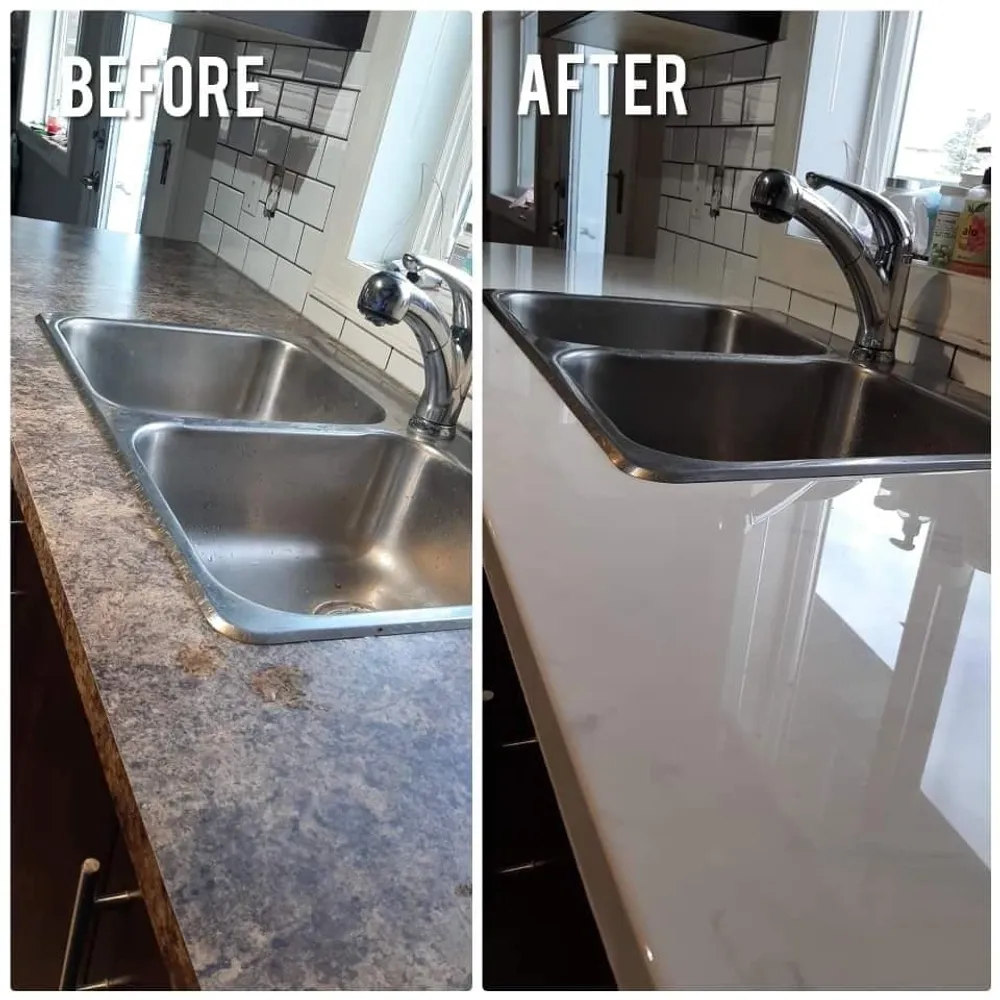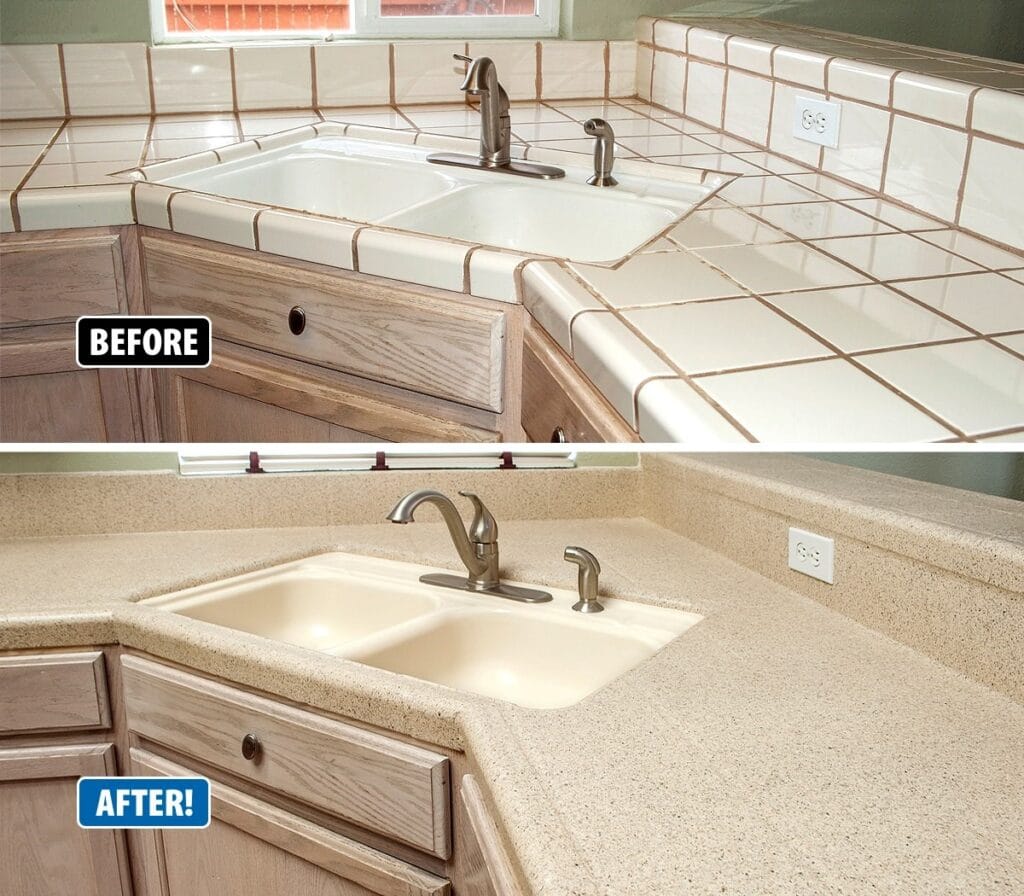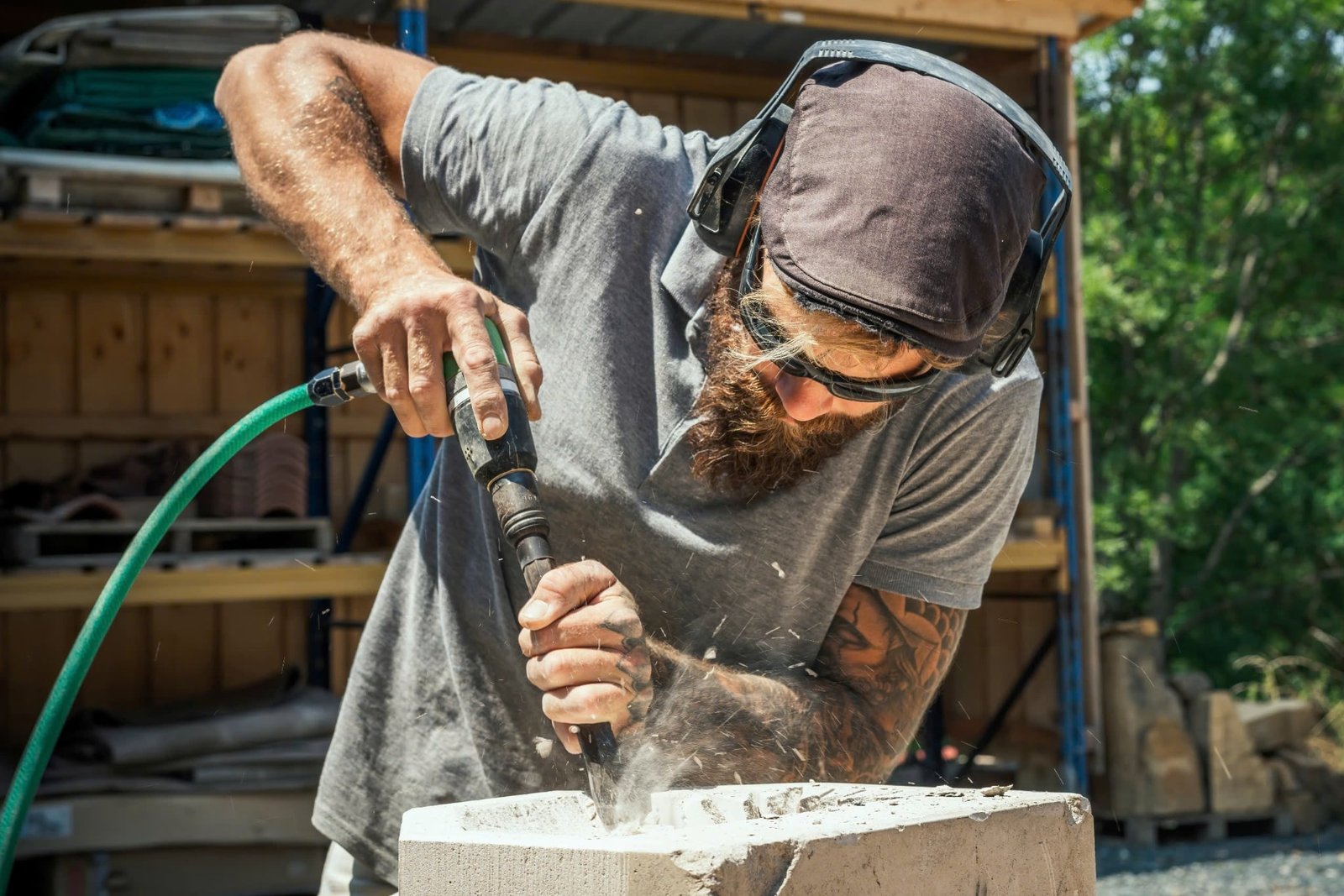
Granite countertops are one of the most stunning and durable surfaces in both residential and commercial kitchens.
Granite countertops are one of the most stunning and durable surfaces in both residential and commercial kitchens. Whether you have granite kitchen countertops, granite bathroom countertops, or even granite countertops for outdoor kitchens, their polished beauty adds timeless elegance to any space.
However, over time, even high-quality polished granite countertops can lose their luster due to wear and tear, soap scum, hard water deposits, or improper cleaning products. The good news? You can restore their original shine—and this guide will show you how.

Why Granite Countertops Become Dull
Before diving into restoration techniques, it’s important to understand why your granite countertops may have lost their shine:
- Lack of sealing: Granite is a porous stone. Without regular sealing, it can absorb stains and grime.
- Hard water buildup: Calcium and mineral deposits can create a cloudy, dull film.
- Use of harsh cleaners: Acidic or abrasive products can etch and wear down the polished surface.
- Normal wear and tear: Years of daily use, especially on darker colors like black granite countertops, can take their toll.
✅ Related: How Often Do You Have to Seal Granite Countertops?

Step-by-Step Guide to Restoring Dull Granite Countertops
1. Clean the Surface Thoroughly
Start by wiping down the surface with a pH-balanced granite cleaner or a solution of mild dish soap and warm water. Avoid using vinegar, lemon, or ammonia-based products.
🧼 Bonus Tip: For heavy build-up or stuck-on grease, try Material Handling Equipment to safely move appliances and access hard-to-reach areas.
2. Remove Residue and Hard Water Deposits
For spots with soap scum or water stains—common on white granite countertops or near sinks:
- Use a plastic scraper to gently remove buildup.
- Mix baking soda with water into a paste and apply it to the stain.
- Let it sit for 10–15 minutes, then rinse and wipe dry with a microfiber cloth.
3. Polish the Granite Surface
Use a granite-specific polish to restore sheen. Look for products that are safe for natural stone vs engineered stone countertops.
Steps:
- Spray a small amount of polish onto the countertop.
- Buff using a clean, dry microfiber cloth.
- Use circular motions and work in small sections for the best results.
✨ For extra shine on blue pearl granite countertops or brown granite countertops, polish at least once a month.
4. Seal the Granite Countertops
If the granite surface is still dull after polishing, it may be time to reseal. Sealing fills the porous surface, preventing stains and restoring a rich, glossy appearance.
To seal granite:
- Clean and dry the countertop.
- Apply sealer evenly with a soft cloth.
- Allow it to penetrate (usually 15–30 minutes).
- Wipe away any excess with a microfiber towel.
Learn more: What Is the Best Thing to Seal Granite Countertops With?
5. Buff to a High Gloss Finish
After sealing, buff the surface again to enhance shine and achieve a smooth finish. This works especially well on custom granite countertops and best granite countertops for kitchens.
Additional Tips for Keeping Granite Countertops Shiny
Maintaining shine isn’t just about restoration—it’s also about ongoing care. Here are essential tips:
- Use coasters and trivets: Granite is heat resistant, but sudden changes can damage the surface.
- Wipe up spills immediately: Especially acidic foods or oils.
- Avoid harsh chemicals: Stick with granite-safe cleaners.
- Dust regularly: Use a dry microfiber cloth to prevent grime buildup.
Can You DIY or Should You Call a Pro?
For minor dullness or residue, DIY restoration works great. But for issues like etching, deep scratches, or improper sealing, it’s best to consult a local granite fabricator or granite countertop installation service.
Search locally with:
- Granite countertops near me
- Granite countertops in [city name]
- Top-rated granite countertop installers near me
Granite vs. Quartz: Which Is Easier to Maintain?
While granite offers timeless beauty, quartz requires less maintenance since it’s non-porous. However, granite has the advantage of natural patterning and heat resistance.
| Feature | Granite | Quartz |
|---|---|---|
| Porous surface | Yes (needs sealing) | No (non-porous) |
| Heat resistance | Excellent | Moderate |
| Maintenance | Moderate (sealing & polishing) | Low (just regular cleaning) |
| Aesthetic appeal | Unique natural patterns | Engineered uniformity |
📌 Learn more: What Are Quartz Countertops?
When to Seek Professional Help
You may need professional granite restoration if you notice:
- Persistent dullness after sealing and polishing
- Deep etches, pits, or scratches
- Discoloration from stains or rust
- Seam separation in large granite slabs for countertops
Conclusion: Restore and Maintain the Shine of Granite Countertops
Restoring dull granite countertops isn’t complicated when you know the right steps. With proper cleaning, polishing, sealing, and buffing, you can bring back the natural shine of your granite surface—whether it’s in the kitchen, bathroom, or outdoors.
Maintain your investment and enjoy the beauty of granite countertops for years with these simple tips.

